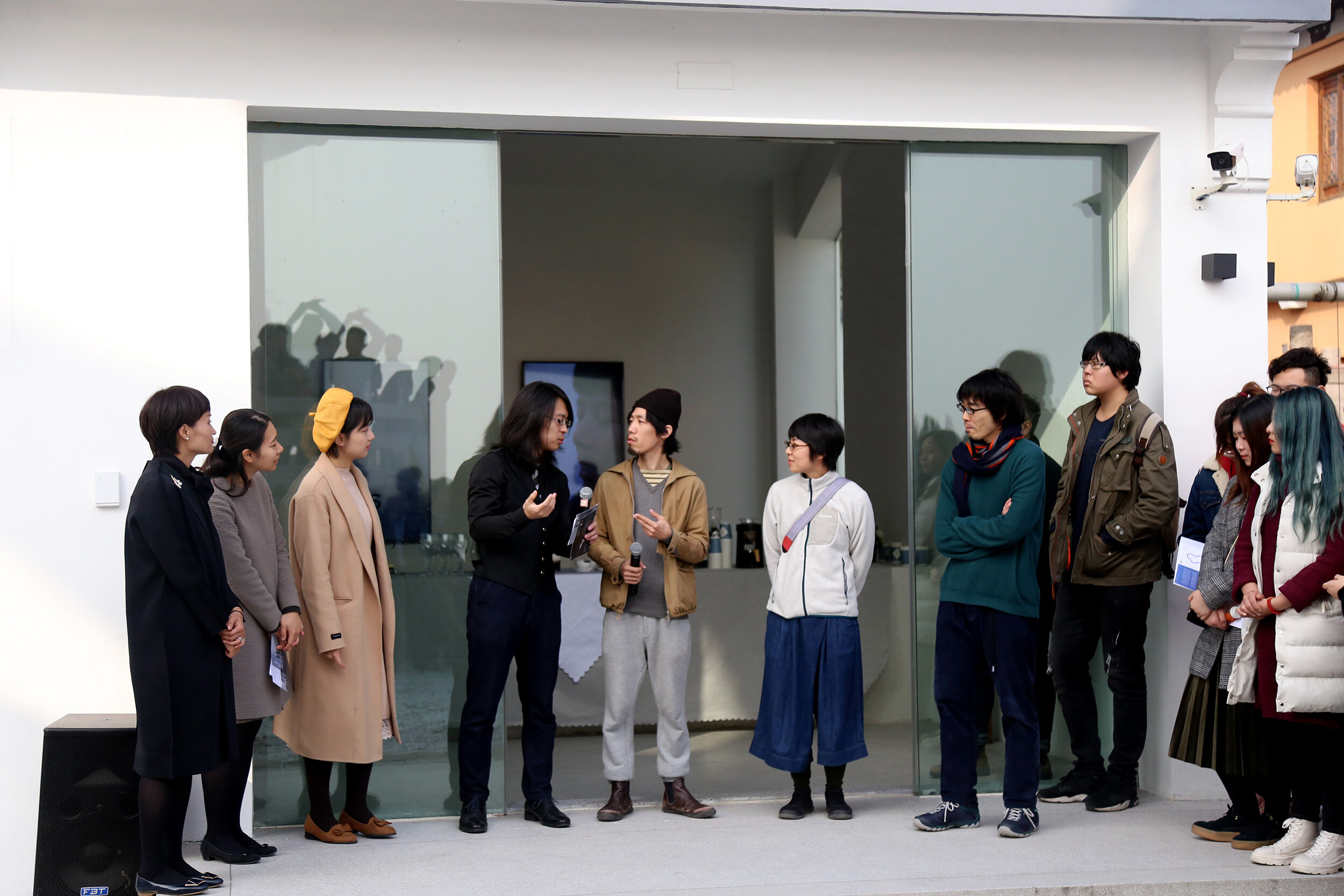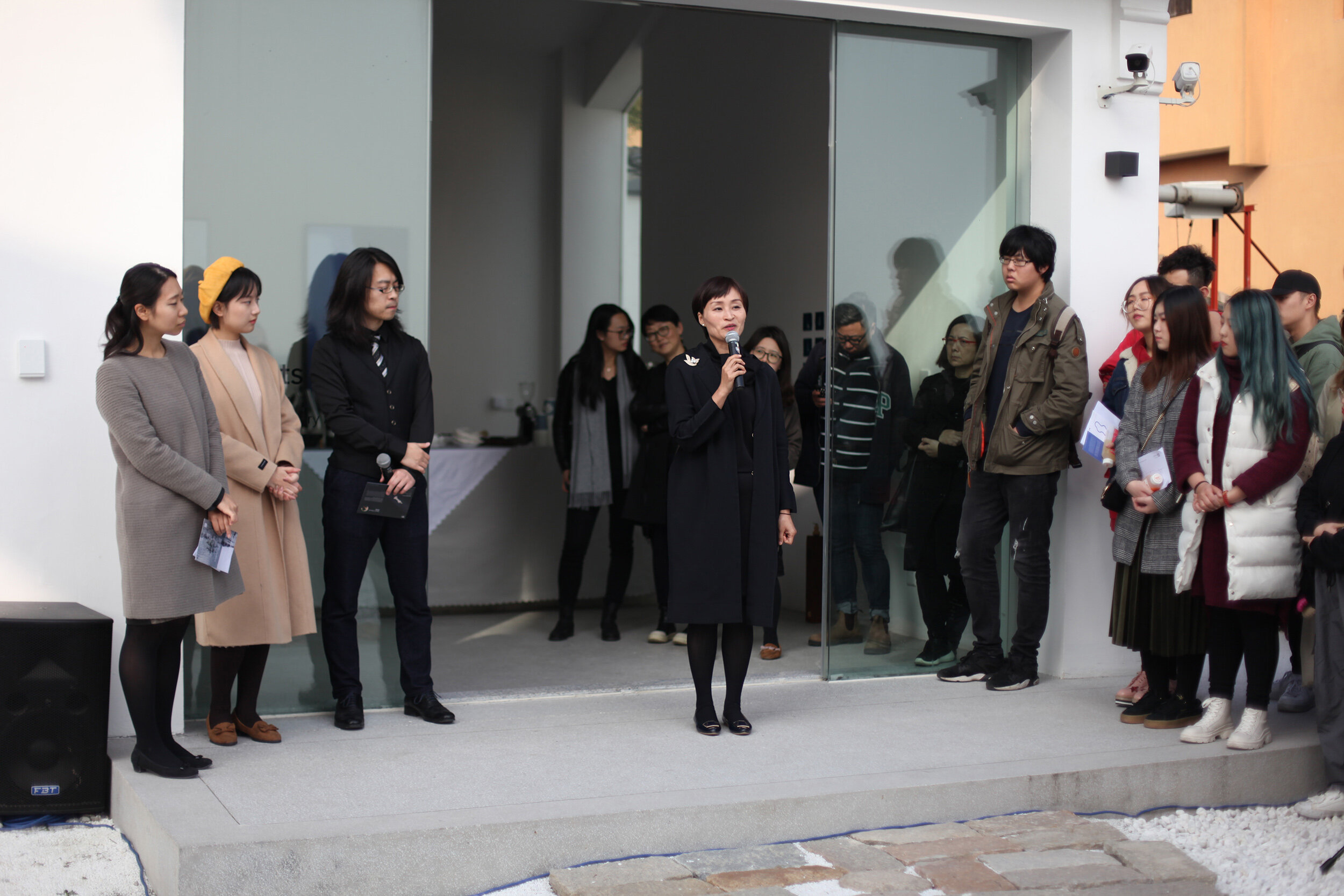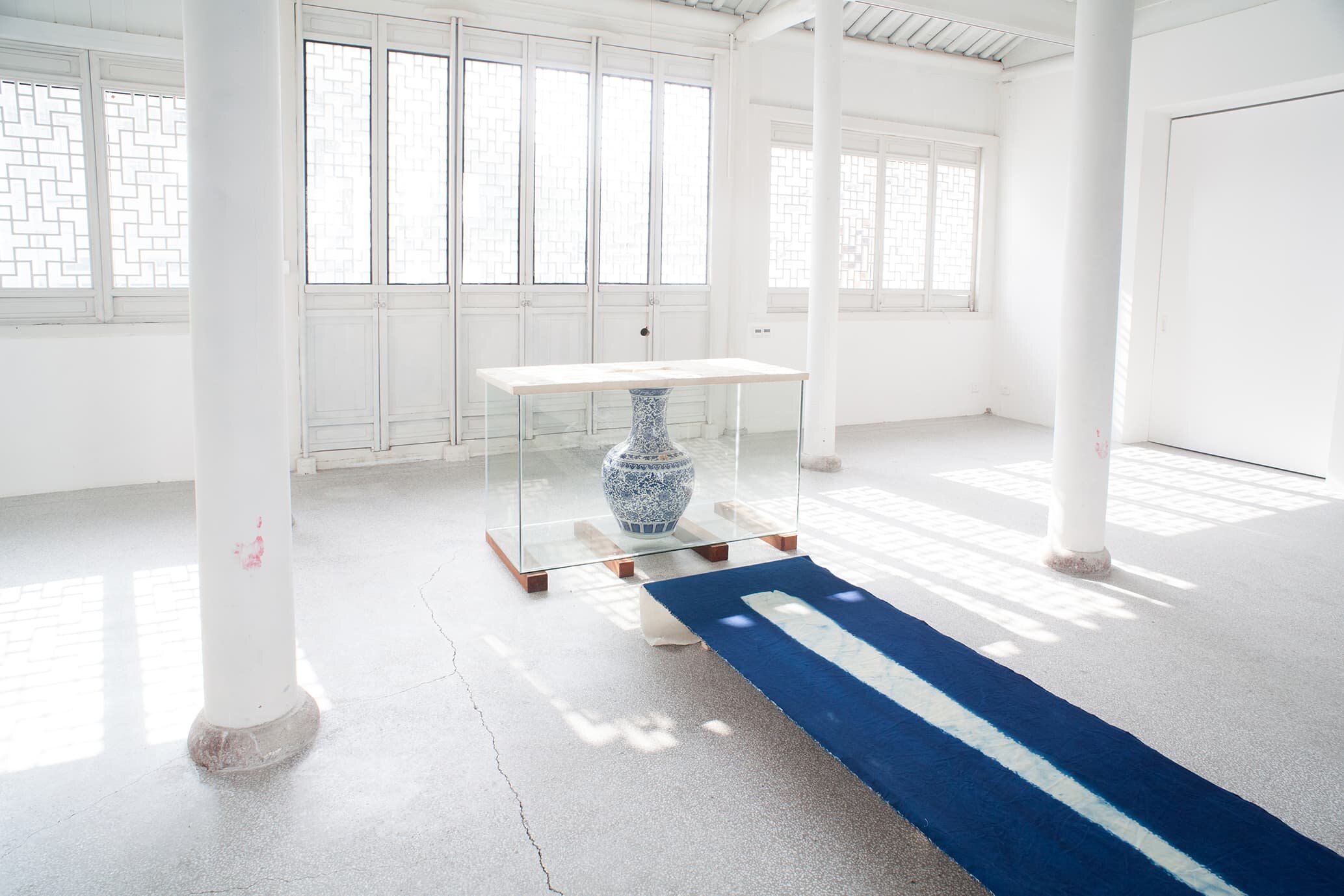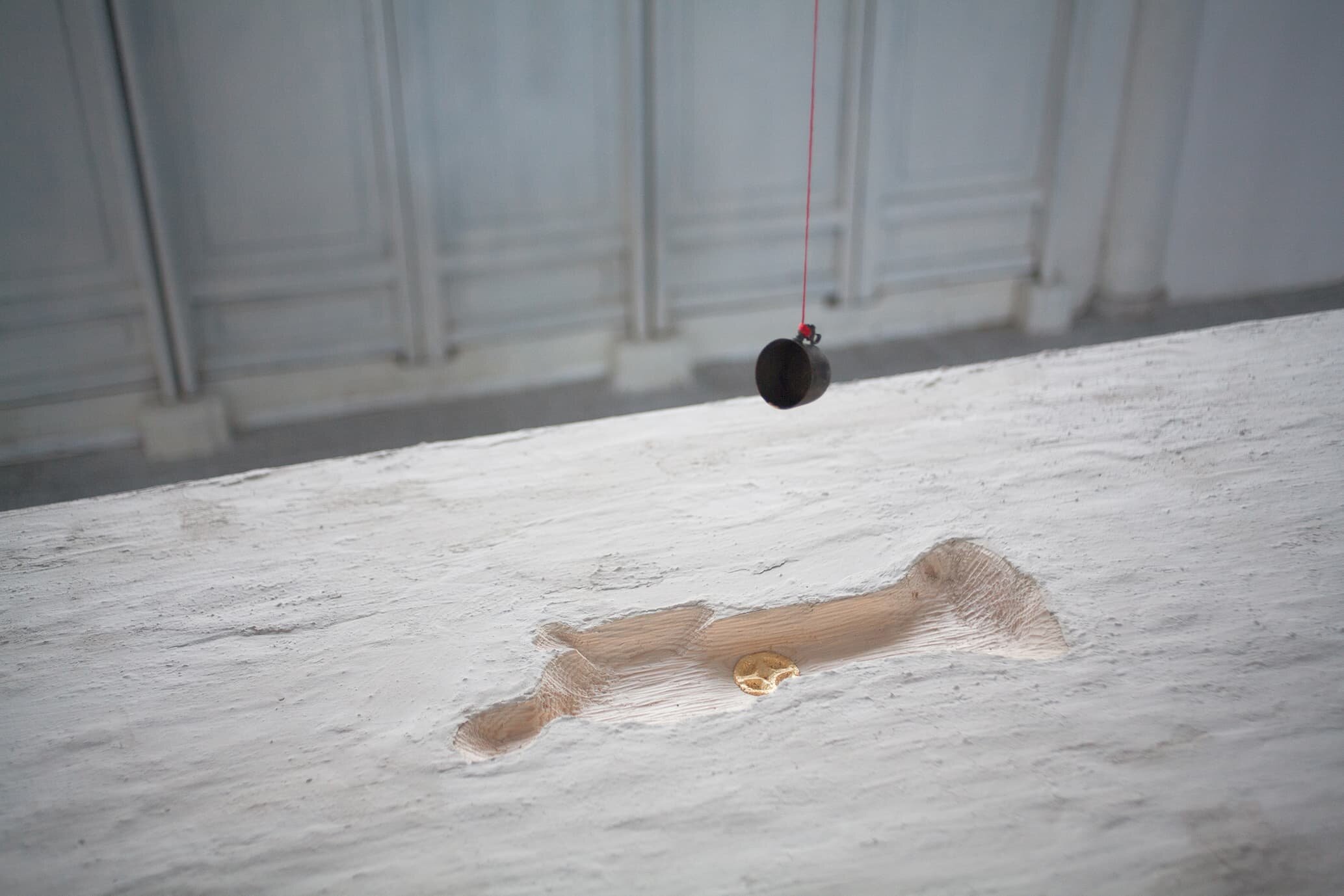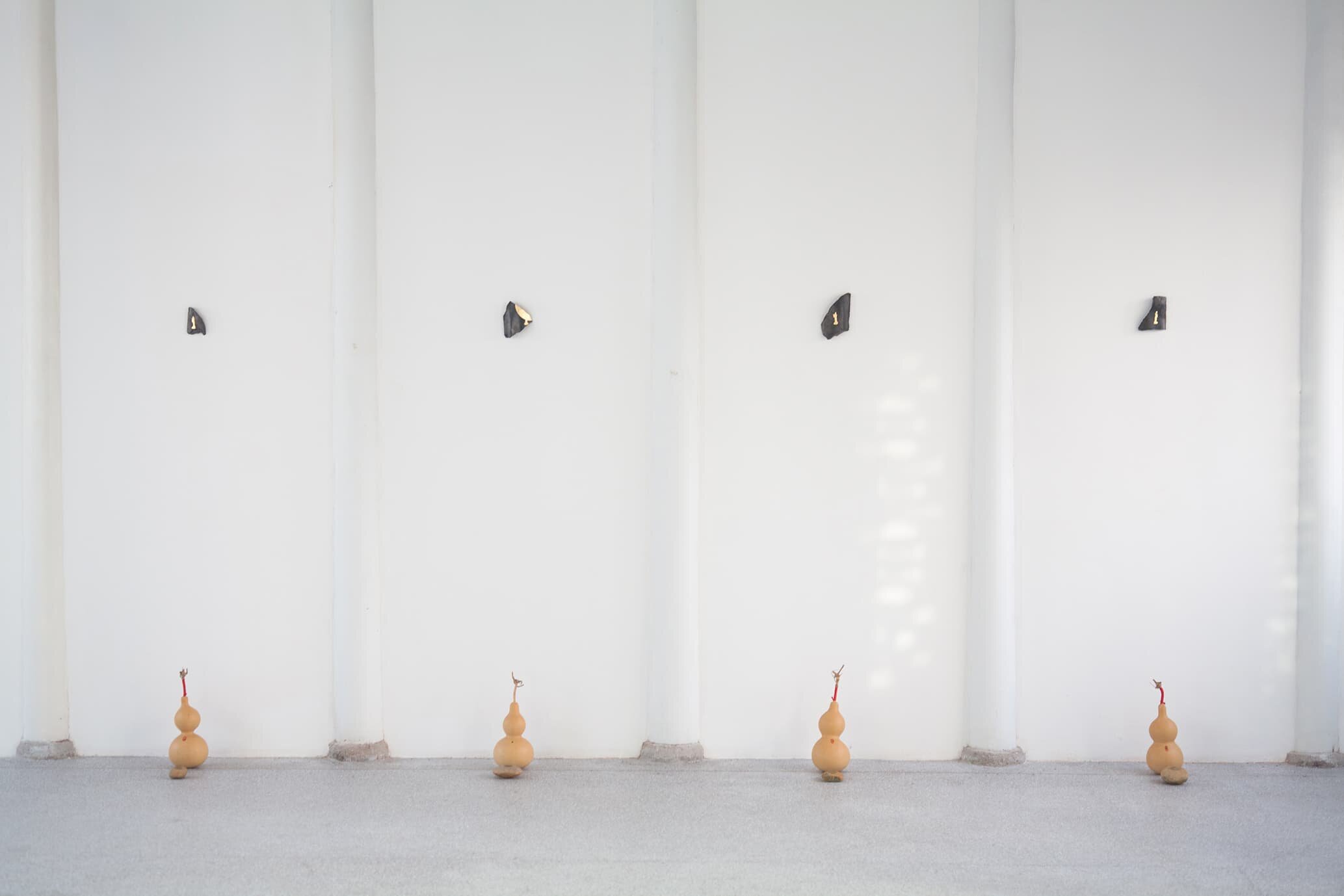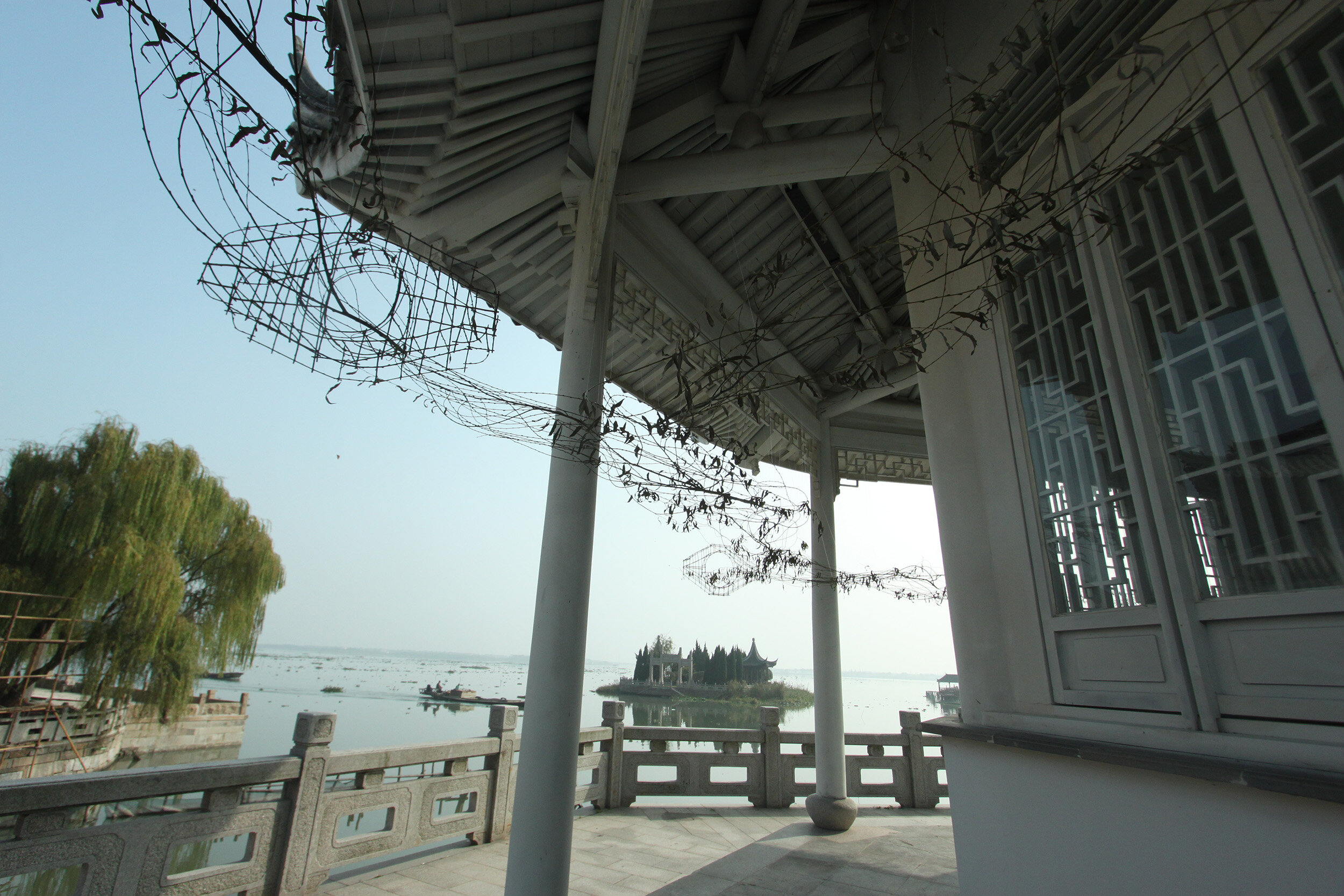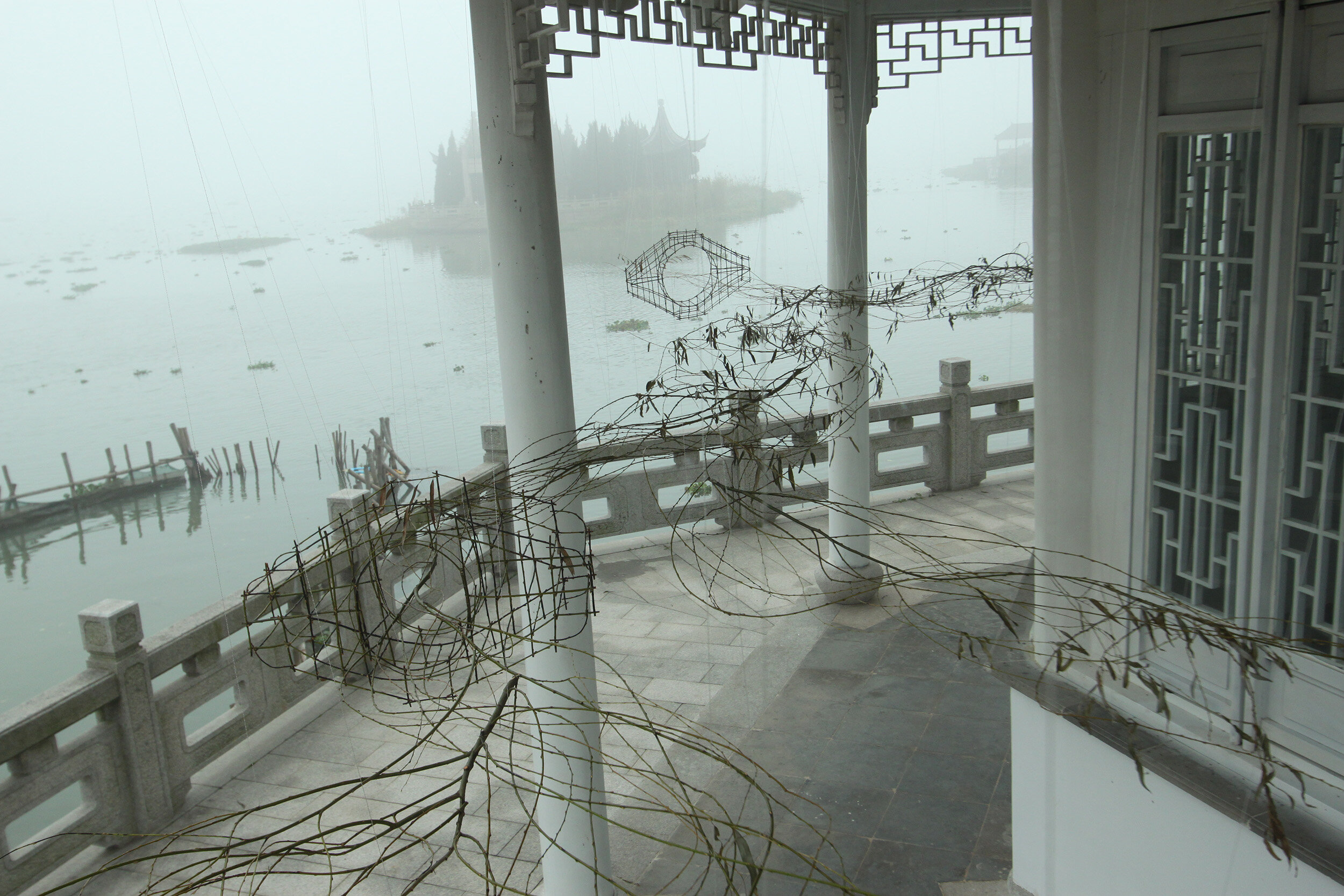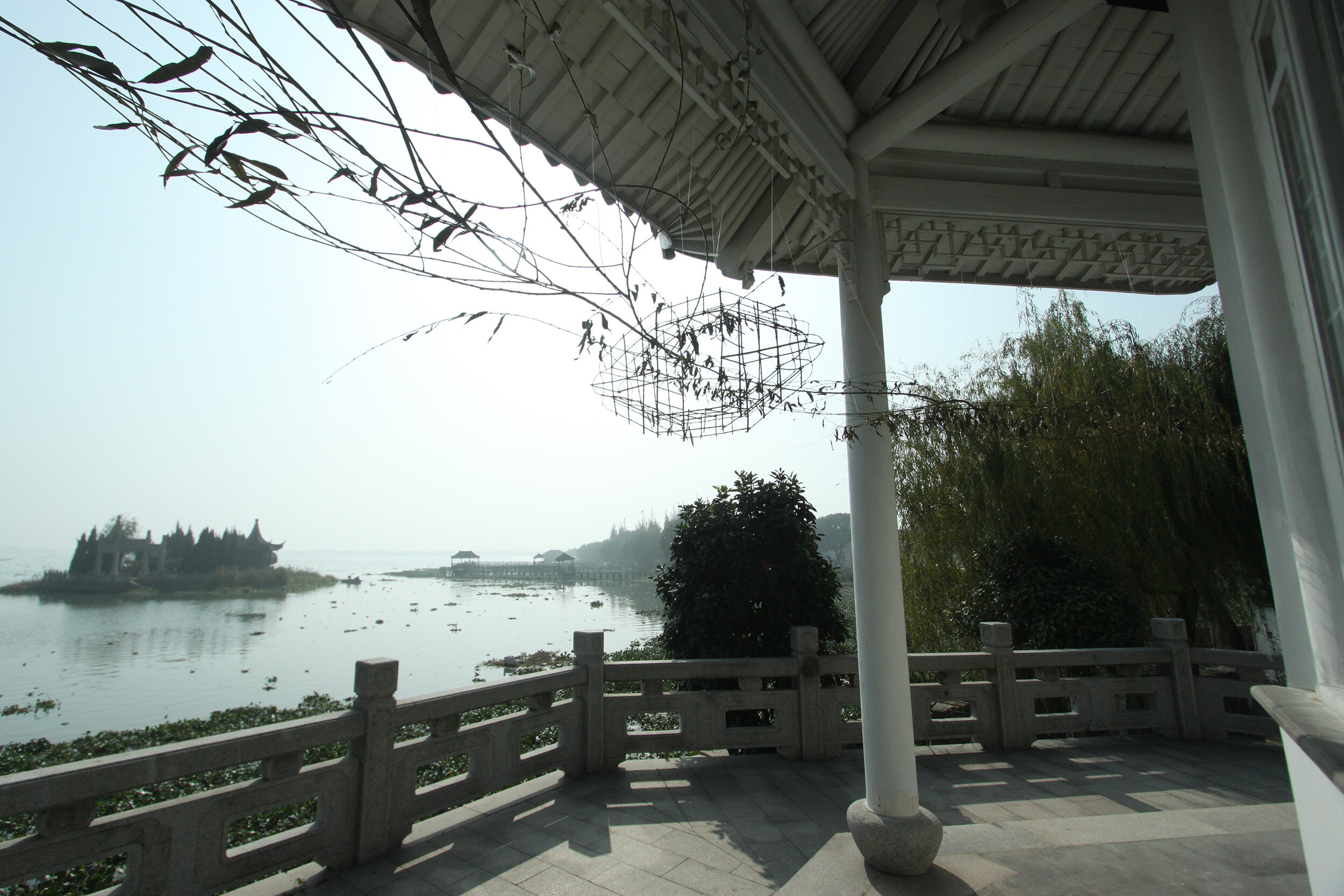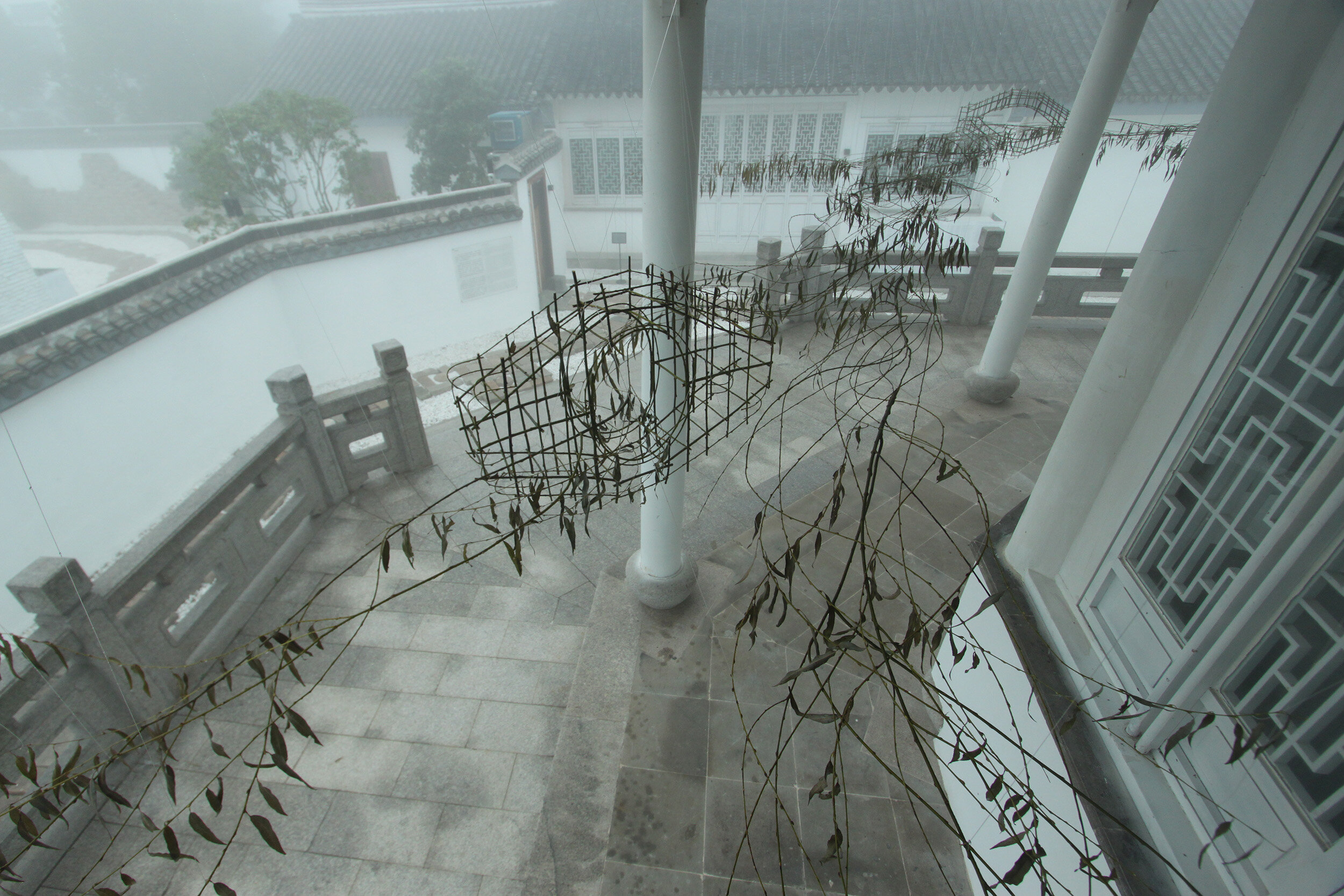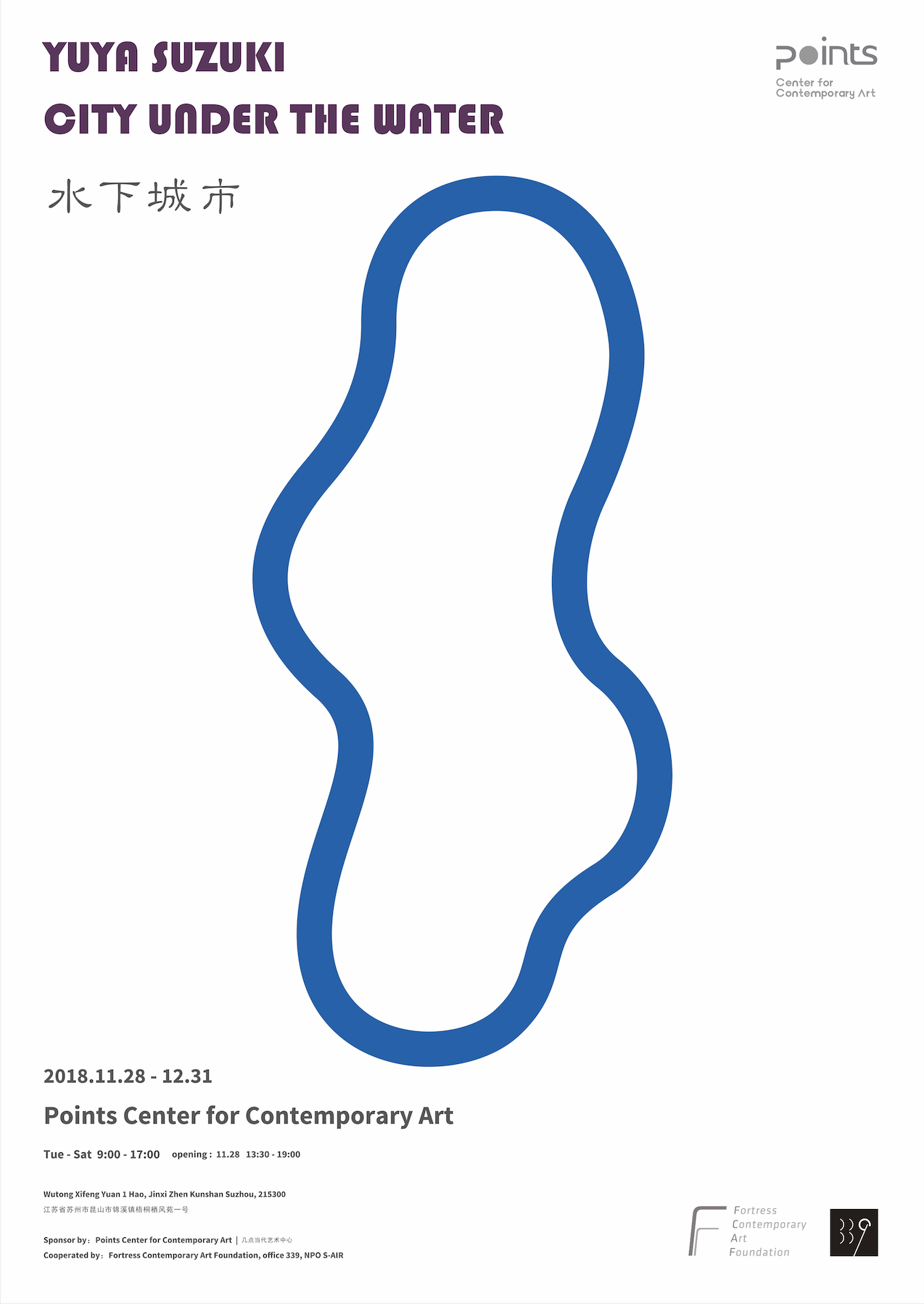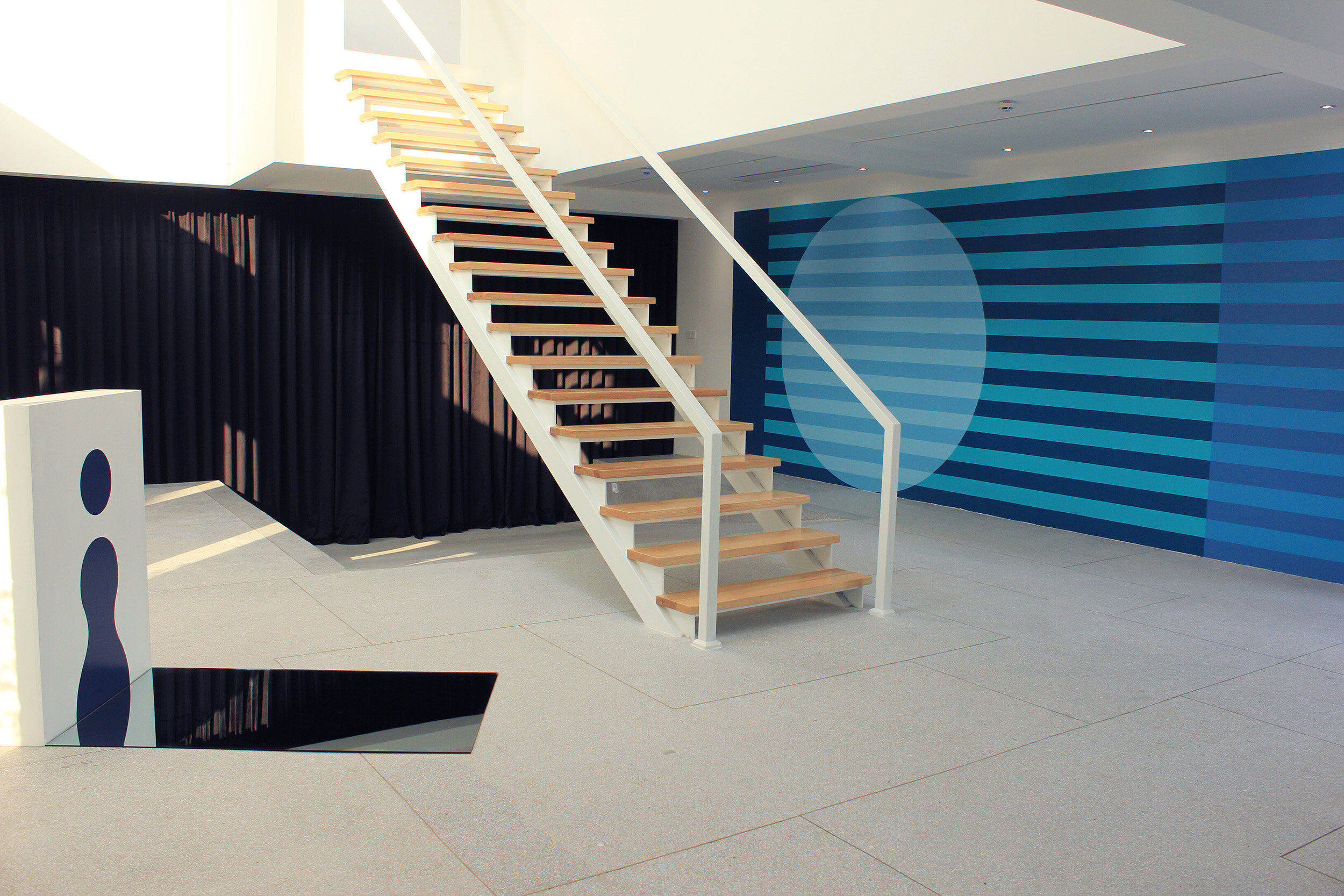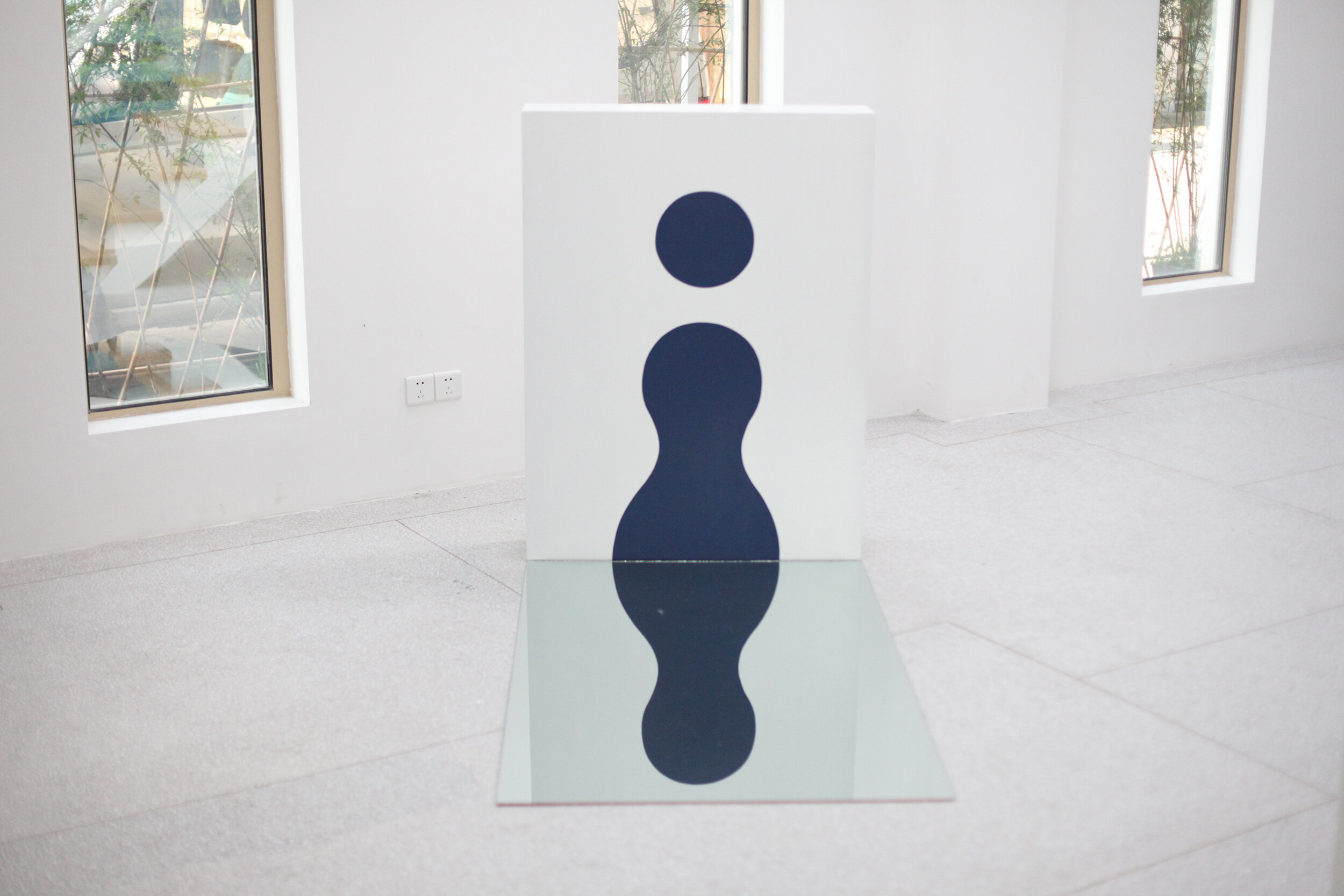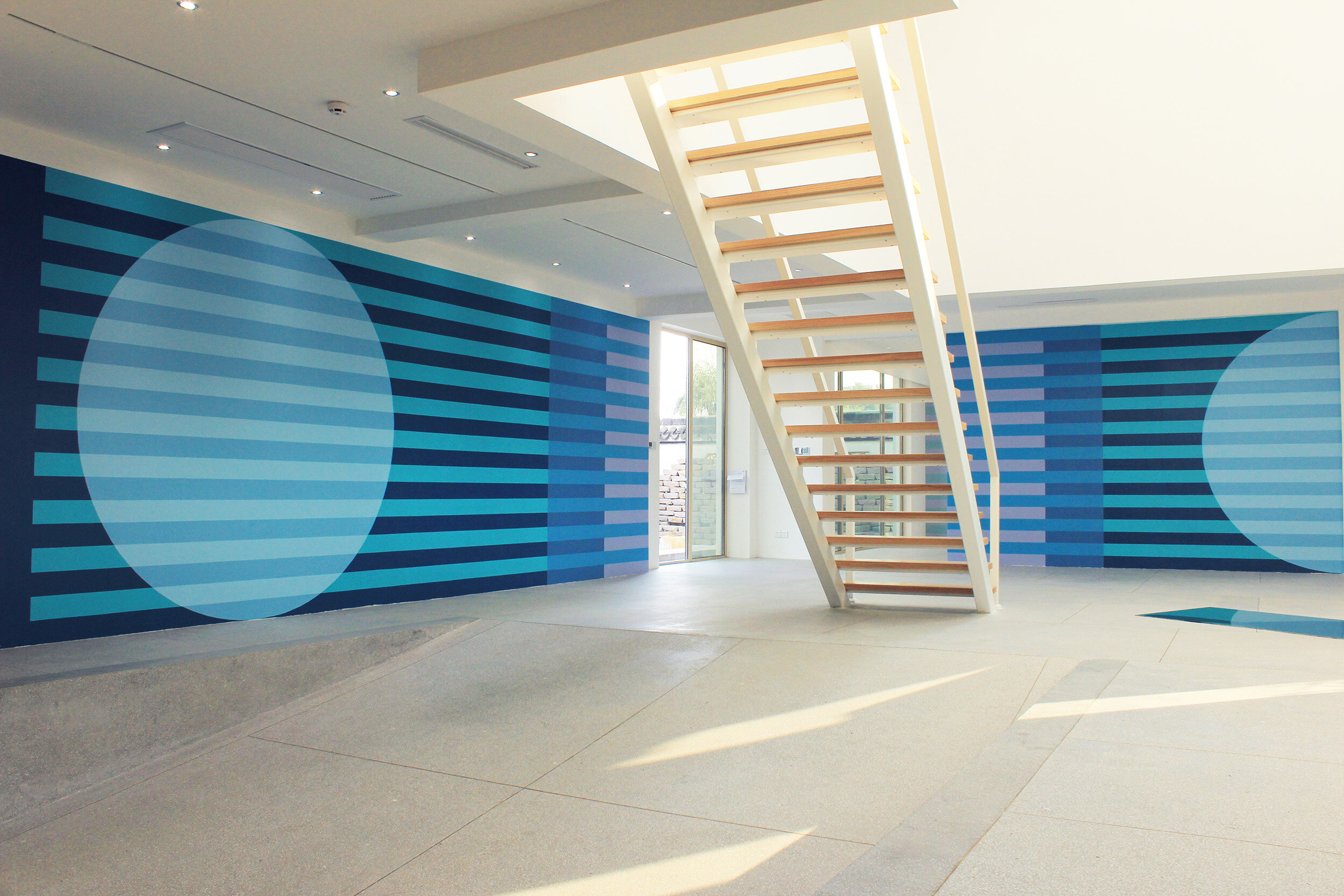Points International Residency Exhibition I: Breathe
In their first exhibition, Points Center for Contemporary Art brings new life to an ancient Chinese water town.
On November 28th, Japanese artists Masanori Matsuda, Yui Inoue, and Yuya Suzuki jointly launched “Breathe”, the first in a series of international residency projects at Points Center for Contemporary Art. The exhibition’s opening attracted many artists, scholars, and admirers of art from throughout Shanghai and the surrounding region, bringing an exciting new arts center to life amongst the idyllic canals, bridges, and classical architecture of Jinxi.
The international residency exchange project is a collaboration between Points and S-AIR, a long-established Japanese arts residency organization, to select three Japanese artists — Masanori Matsuda, Yui Inoue, and Yuya Suzuki — to live and create at Points. From October 3rd to November 28th, the three artists lived in Jinxi, a millenia-old town on the banks of Wubao Lake, bordering Shanghai and Suzhou.
Through their experiences and interpretation of the history, humanities, architecture, and landscape of the Southern Song Dynasty, they used art to convey their thoughts and emotions. The exhibition includes three independent art exhibition projects: Masanori Matsuda's solo exhibition “Tao & Empress Chen”, Yui Inoue's independent public art project “Here and There”, and Yuya Suzuki 's solo exhibition “City Under the Water”. The three projects were developed under the artists’ own directions and according to their own feelings, and the reasons for their individual creations are revealed.
Masanori Matsuda “Tao & Empress Chen”
Fengshui originated from the pre-Qin Dynasty, and saw its heyday during the Song Dynasty. We know from literature that the ancient fengshui was mostly used as a site selection tool for cities and villages, as well as in palace construction and the development of tombs. In the Southern Song Dynasty, Consort Chen was the favorite concubine of Emperor Xiaozong, and after her death, he chose a treasured fengshui site and buried her on a small island on the lake. The tomb culture of Consort Chen imbued the whole town with a legendary color. Artist Masanori Matsuda used this as a thread to conduct further research.
His works use found broken tiles from the Lotus Pool Temple, built by the monk-guardians of Consort Chen, the incense ash of blessings, chanting female voices, and the objects associated with Chen’s tomb to pursue the traces of historical figures.
Yui Inoue “Here & There”
Yui Inoue’s outdoor public art work “Here and There” uses the willow branch as a woven material. The artist casts the willow tree into the “the boundary line between this world and that world,” and the “weeping willow” growing on the shore of the lake with its connotation of tears and sighs. The weeping willows here are like the sighs of people after Consort Chen’s departure, and the swaying posture is also reminiscent of Chen’s figure.
The work uses a weaving technique to weave the willow branches into a “waterway” around the ancient pavilion. A bridge is set up on a river surface, imagined hung in the air. The bridge that is reflected in the river is the “willow ring” that carries the feelings of remembrance and longing.
Yuya Suzuki “City Under the Water”
Yuya Suzuki’s works are based on the light and natural factors of different time of the day. The lake is like a mirror, clearly reflecting everything above the water. On the water and underneath it, whichever side is the real world, the reflected image has turned into another reality.
The artist applies this reverse reality and fictional structure to the work and presents multimedia-generated works such as video and sound, graphics and coding, and installation. All works are done by real and fictional ideas, and have structures that reverse content from multiple angles.
The beauty of multiculturalism is always inspirational. At the moment, the art market is in an art fair and gallery era, and residencies can be said to be a utopian road for artists. The art residency emphasizes that the motives of artistic creation itself are blended with culture but not utilitarian. Through the art residency project, the artist understands and experiences the new environment, interacts with different cultures, thinks about integrating into his own artistic practice, and may eventually create works that are different from previous experiences.
In Breathe, the first of our series of international residency projects, the spirit of the local culture and humanistic spirit are recorded into art culture. This is the meaning and value of the residency project.


